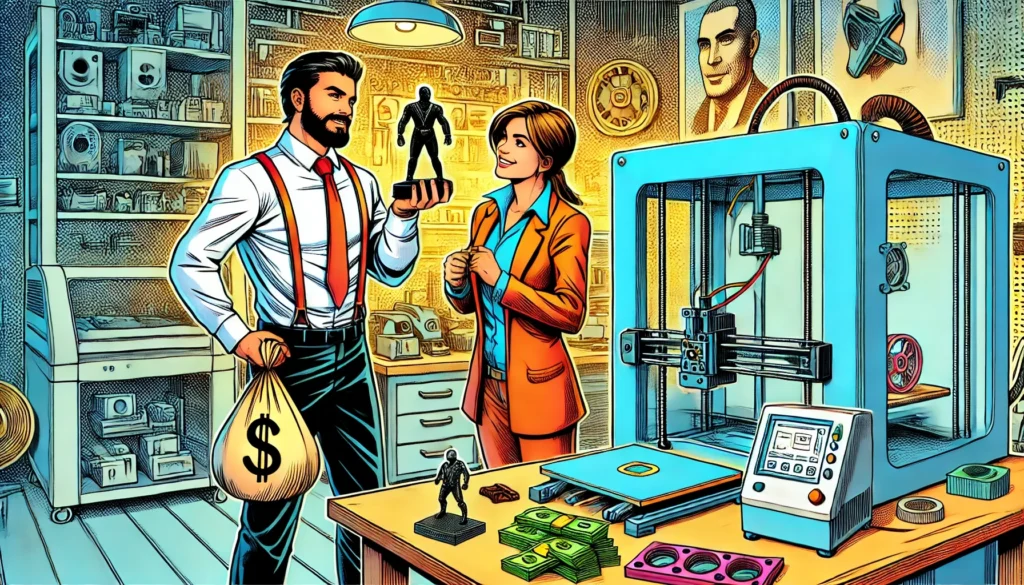HDMI Explained: Connecting Your World of Audio and Visuals with Ease
High-Definition Multimedia Interface (HDMI) has become the ubiquitous standard for transmitting high-definition audio and video between devices. From home theatres and gaming consoles to professional audio-visual setups, HDMI simplifies connections while delivering exceptional quality. This article explains what HDMI is, its benefits, and how it enhances your multimedia experience. Table of Contents 1. What […]
HDMI Explained: Connecting Your World of Audio and Visuals with Ease Read More »









